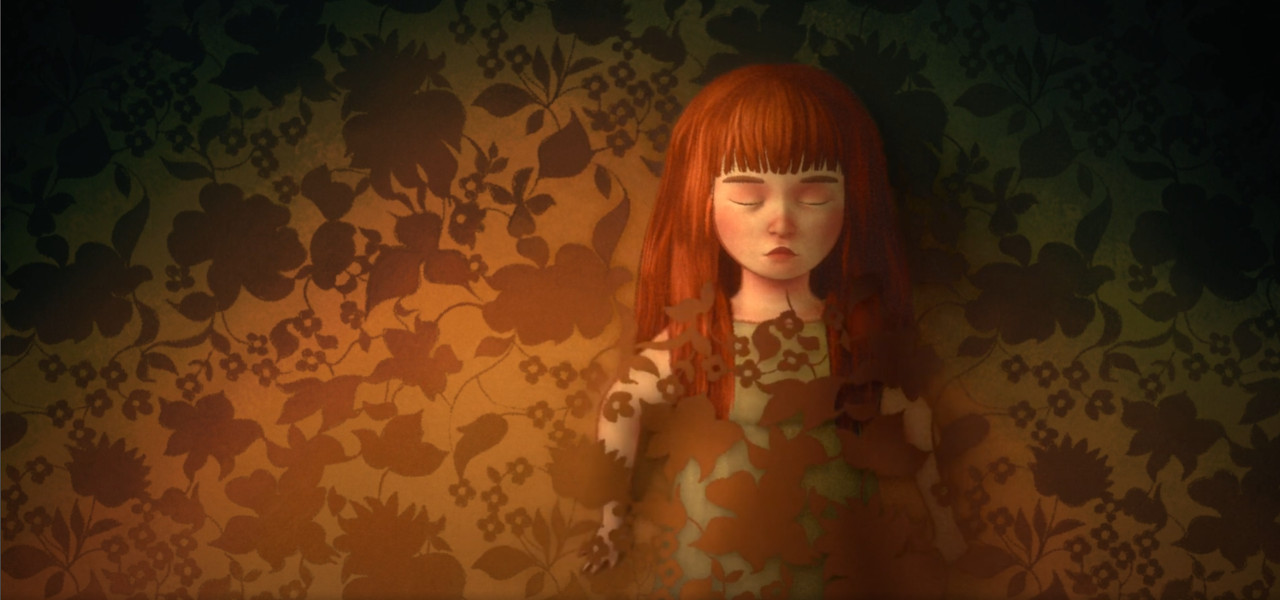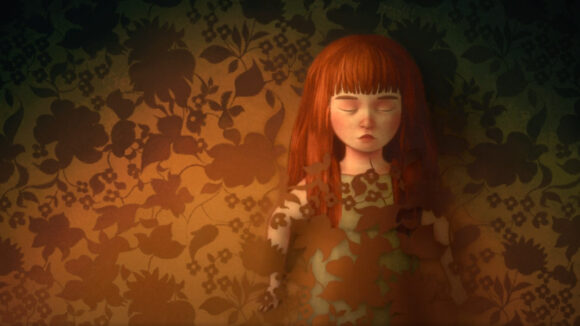

Oscar Shortlist Interviews: Director Stéphanie Clément Shares Her Favorite Shot From ‘Pachyderme’ (Exclusive)
We invited the filmmakers behind each of this year’s 15 Oscar-shortlisted animated shorts to share their favorite shot from their film and explain why it’s special to them. The pieces are being published in the order that materials were received. Nomination voting kicked off yesterday, January 11, and runs through January 16.
In this piece, director Stéphanie Clément shares her favorite clip from Pachyderme, which screened in competition at Annecy and Zagreb and won best short at the Manchester Animation Festival (2022).
The film’s subtle narration tells the story of a young girl’s survival in the face of abuse. Impressive animation creates a visual metaphor for the dissociative nature of trauma suffered by the protagonist.
Below, Clément shares her favorite shot from the film and tell us its significance:
Of all the shots in the film, I chose this one as my favorite because it served as the first test shot and illustrates a key psychological defense mechanism at the heart of the story: dissociation. Louise escapes from an experience too heavy to bear by letting herself sink into an imaginary world, by mentally projecting herself out of her bed into the flowery decor of the wallpaper until she disappears entirely. The same idea is echoed in the soundtrack, with the rustling of foliage gradually making itself heard but without managing to drown out the creaking sounds of the wooden floor completely. The almost monotone, disembodied voice of adult Louise, played by actress Christa Theret, betrays the state of emotional anesthesia in which she is immersed.
Louise is an unobtrusive, silent, overly well-behaved little girl, which is reflected by a frozen attitude, an inexpressive face, and slow, withdrawn, tinged with hesitation, almost clumsy gestures. A minimalist, self-restrained acting style, partly inspired by the performance of the children in the films Cría Cuervos (Carlos Saura, 1976) and The Seventh Continent (Michael Haneke, 1989).
The orange-brown floral wallpaper, which was common in the French middle-class interiors in the 1960s and 1970s, reproduces a motif I encountered as a child and which I wanted to transpose identically for the film. At the time, it was a source of unease and fear for me because what I saw was not flowers or foliage but a mass of staring faces and tangled bodies. When I saw it again years later to prepare this film, I found it hard to see anything other than vegetation.
This shot is also a great example of collaboration between traditional animation studio Folimage and TNZPV studio’s 3d teams. The floral motifs – animated in 2d by the talented Marc Robinet – needed to grow and wrap Louise – animated in 3d by the no less talented Marthe Delaporte – with a slow delicacy, like tucking a child into bed. I think the two techniques combine harmoniously here, helping to make this shot one of the most significant in the film.
Read the other entries in the series:
- John Musker on I’m Hip
- Flóra Anna Buda on 27
- Tal Kantor on Letter To a Pig
- Dave Mullins on War is Over!
- Bret Parker on Pete
- Yegane Moghaddam on Our Uniform
- Karni Arieli and Saul Freed on Wild Summon
- Rita Basulto on Humo
- Jared and Jerusha Hess on Ninety-Five Senses
- Stephen Vuillemin on A Kind Of Testament
- Gabriel Augerai, Romain Augier, and Yannick Jacquin on Boom
- Priit Tender on Dog Apartment
- Lucija Mrzljak and Morten Tšinakov on Eeva
- Dan Abraham and Trent Correy on Once Upon a Studio

